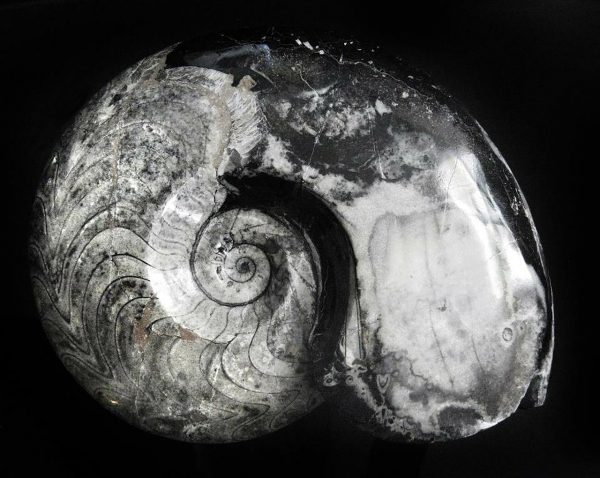The end of the Permian period, around 252 million years ago, was a dire time for life on Earth.
Scientists believe a series of violent volcanic eruptions occurred in what is today Siberia, pumping greenhouse gases like carbon dioxide and methane into the atmosphere, which warmed the planet.
Then came the “Great Dying.” About 96 percent of creatures in the ocean and 70 percent of terrestrial species living on the supercontinent Pangaea went extinct in a matter of several thousand years (not a very long time in geological terms). The so-called Permian-Triassic mass extinction event was the worst in Earth’s history. The planet lost a huge diversity of animals, from sharks and reptiles to ammonites and corals, that are known only by their fossils today.
Researchers have long sought to understand how this die-off played out. In a study published in the Dec. 7 issue of the journal Science, a group of scientists offered an account for how this mass extinction event killed so many ocean creatures. The study showed how warming waters couldn’t hold enough oxygen to support most life.
“This is the first time that we have made a mechanistic prediction about what caused the extinction that can be directly tested with the fossil record, which then allows us to make predictions about the causes of extinction in the future,” the first author of the study, Justin Penn, a doctoral student in oceanography at the University of Washington, said in a statement.
By Megan Gannon – Full Story at Live Science



